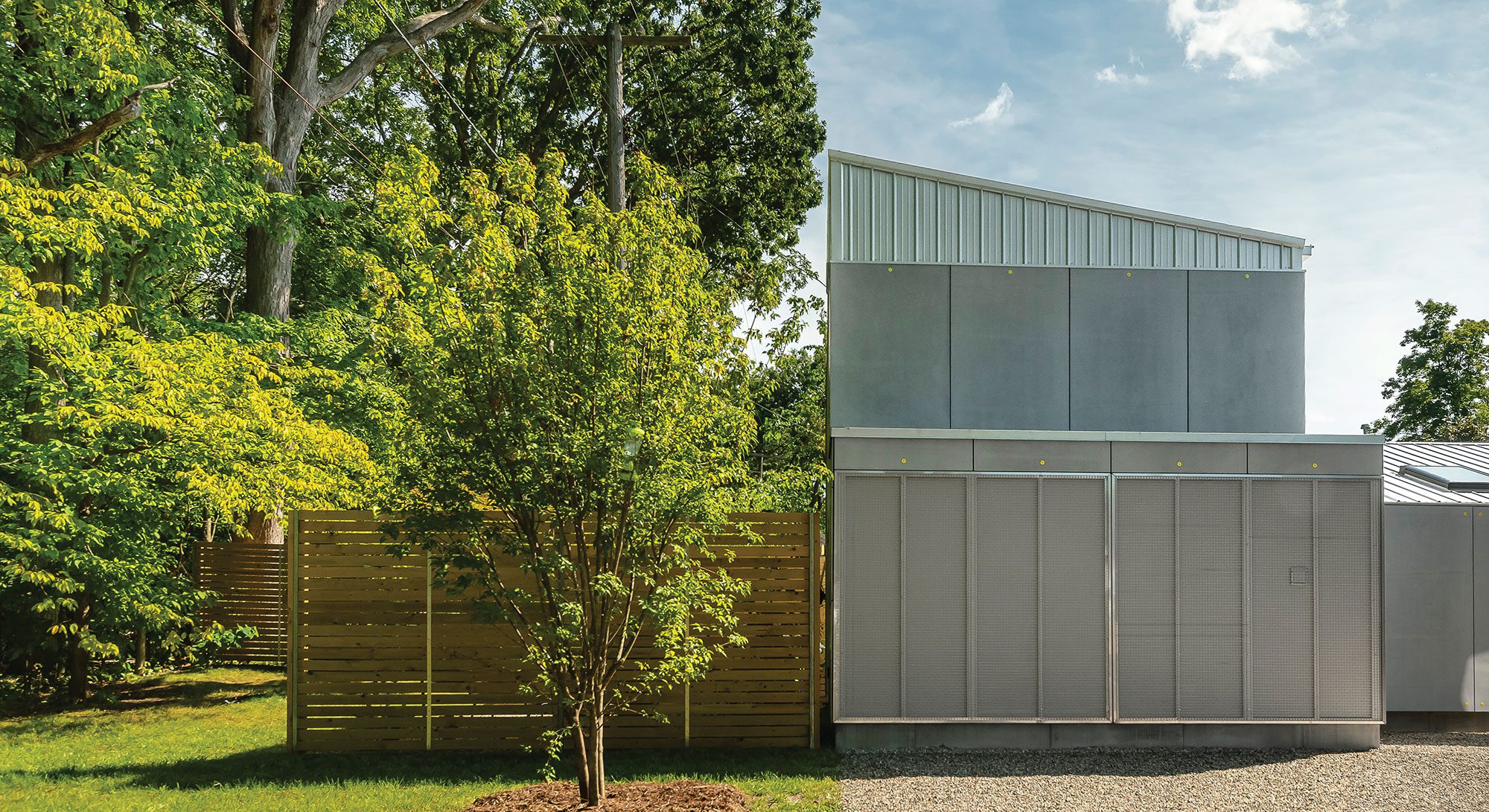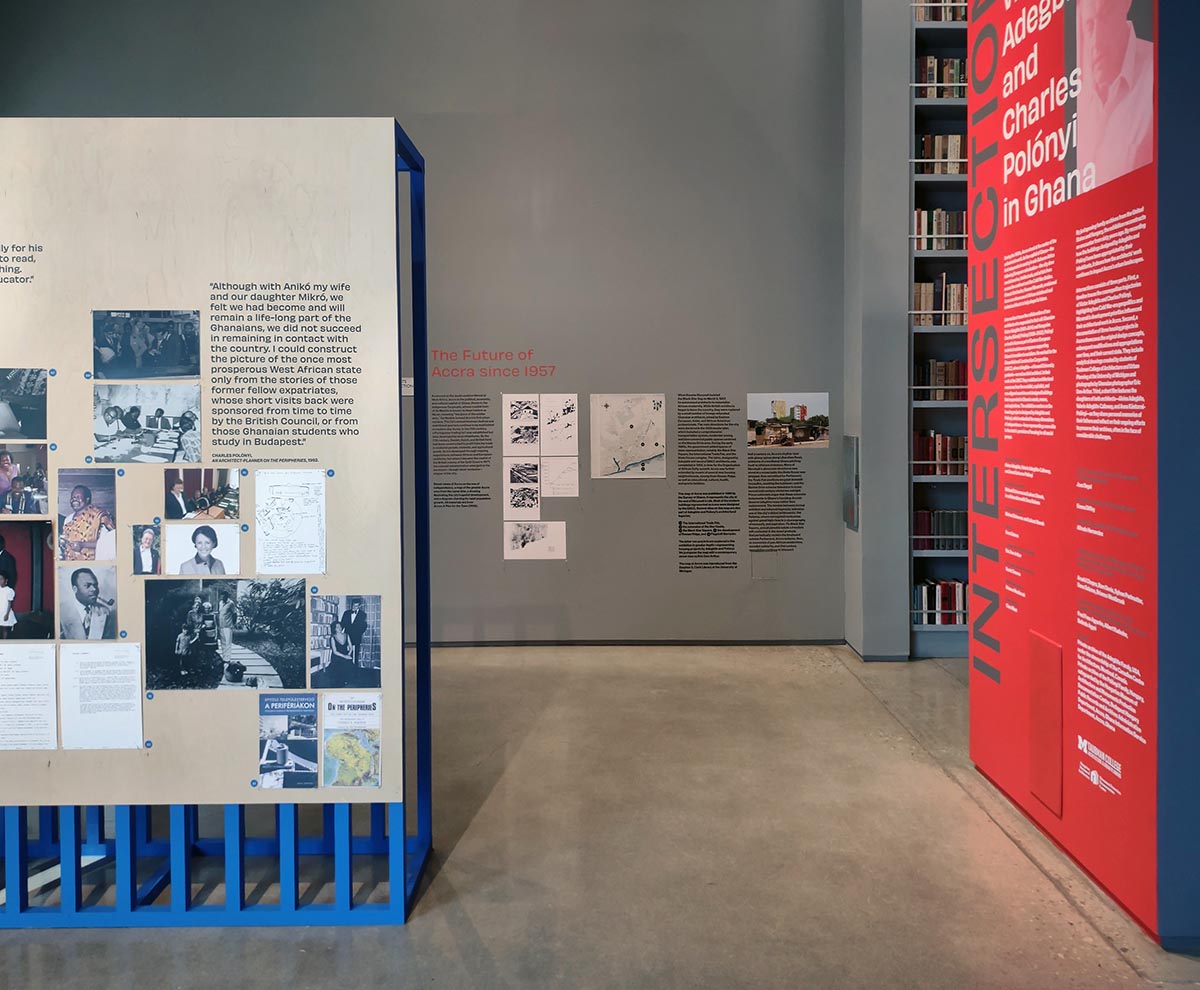
Collective for Equitable Housing Explores Solutions to Growing Affordable Housing Crisis
America’s affordable-housing crisis is getting worse.
Apartment rents and new and existing home prices have risen beyond the reach of many families. Government housing subsidies and tax credits have proven inadequate. Restrictive zoning regulations and building codes have discouraged low-income multifamily housing development. Disinvestment in inner-city neighborhoods with deteriorating housing stock has worsened conditions for residents in Detroit and elsewhere. Shifting market forces, economic downturns, and now runaway inflation have further diminished the supply of quality housing accessible to buyers with limited resources.
Concerns about these disturbing housing trends prompted a core group of Taubman College faculty from architecture and urban planning to launch the Collective for Equitable Housing (CEH) in 2020. Over the past three years, the organizers have started building a knowledge base of information drawn from research, teaching, and professional work conducted by Taubman College faculty that examines housing problems and solutions. In addition, CEH co-founders are developing a collaborative platform to coordinate Taubman College faculty and student projects with public-private sector initiatives at the local and regional levels.
“The housing crisis in this country affects not only low-income residents but now extends up into the middle and upper-middle class,” says architecture professor Sharon Haar, CEH’s coordinator.
The collective has taken a holistic view of the housing crisis that goes beyond the issue of affordability to consider questions of equity.
“We are looking at ways to meet the need for low-income and workforce housing in an equitable fashion,” Haar explains. “Our conversation centers on the policies and procedures, material and labor costs, zoning regulations and building codes, and other factors that make it nearly impossible to provide equitable and affordable housing.”
Although several Taubman College faculty members have been working in the area of housing and equity for some time, there has been no coordinated effort to pool their knowledge, resources, and experience. Until now. CEH hopes to change that situation by identifying fellow academics, both at Taubman College and across the University of Michigan, who are addressing housing-related issues, and then leveraging potential interdisciplinary synergies.
Initial funding from a 2021 “Get It Together” grant and follow-on support from a 2022 “Pressing Matters” grant, both internal Taubman College research incentive grants, have advanced the collective’s teaching and research objectives.
“We are gathering together Taubman College faculty so we can amplify work across the college, share what we are doing, and talk about opportunities to organize research questions and projects around those shared interests,” Haar says. “We also are trying to expose Taubman College students to new ways of thinking about this problem.”
Developing affordable housing in Ann Arbor
CEH co-founders Meredith Miller and Ellie Abrons have co-taught several Systems Studio classes that provide real-world experiences in different facets of equitable housing. Two years ago, they assigned their design students to create proposals for the development of affordable “missing middle” housing on a site in Detroit.
Last fall, their studio class worked with the Ann Arbor Housing Commission and the nonprofit organization Avalon Housing to evaluate a city-owned parcel of land in Ann Arbor as a potential site for affordable housing. The student teams came up with seven proposals that will be presented to the Housing Commission.
“The teaching we are doing in the Systems Studio serves as a channel by which the faculty can share lessons learned from their own experiences in housing research and housing design,” says Miller, an associate professor of architecture. “In addition to coursework, we engage students as paid assistants in faculty research.” As part of their four-person architecture practice, T+E+A+M, Miller, Abrons, and two other principals, Taubman College associate professors Adam Fure and Thom Moran, have been commissioned to design multifamily housing that utilizes innovative construction methods to reduce costs and maintain affordability.
“I have had an opportunity to see the challenges and complexity of building affordable housing in our community,” says Abrons, an associate professor of architecture who also serves on the Ann Arbor Planning Commission. “This has opened my eyes to the necessity for taking an interdisciplinary approach that engages people with expertise in many different areas.”
In 2021, T+E+A+M completed the construction of an accessory dwelling unit, or ADU, in the backyard of an Ann Arbor home. ADUs are one part of a multipronged solution to the city’s housing shortage, thanks to their smaller, more energy-efficient footprint and ability to piggyback on existing water, sewer, and transportation infrastructure.
“There is no formula or magic bullet for developing affordable housing, because each project has its own unique circumstances and specificity,” Miller says. “We hope CEH can provide nonprofit organizations with planning and design support and help to move the needle on these projects.”
Preserving NOAH in Detroit
Lan Deng, a professor of urban and regional planning, brings a national and global perspective to CEH. Over the past two decades, she has been studying housing policies in both the U.S. and China to observe how the two countries are addressing the housing-affordability problem. In recent years, the Chinese government has shifted away from a market-based housing system and returned to a more interventionist role in managing the housing sector. “The Chinese government has been rebuilding its public-housing program to expand affordable-housing provision,” Deng reports.
By contrast, the public-housing stock in the U.S. has been shrinking for decades, and the country has relied on market-based programs to deliver affordable housing. Despite their different approaches, both countries have fallen short in their efforts to tackle the housing-affordability problem. In the U.S., housing affordability has become a major concern in places that previously were viewed as being affordable ― such as Michigan and the Midwest ― according to Deng.
During the winter term, she taught an urban planning capstone course that examined ways to preserve naturally occurring affordable housing (NOAH) in Detroit. These landlord-owned units typically command lower rents due to their lower quality and/or less desirable locations.
Increasingly, NOAH units are under threat due to physical deterioration, demolition, and redevelopment. For the capstone course, Deng’s students collaborated with the Detroit Housing and Revitalization Department to develop proposals that can help preserve such housing to prevent resident displacement and to maintain the city’s affordable-housing supply.
“The University is catching up with the national conversation around issues of affordable and equitable housing,” Haar says. “The current administration and local governments are putting money into this effort, so we’re seeing a much higher level of dialogue than we did in 2020.”









